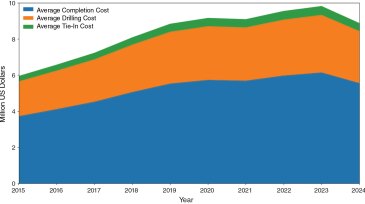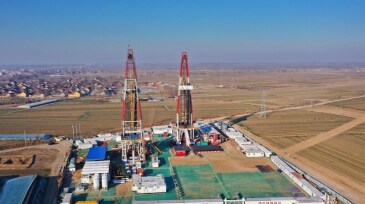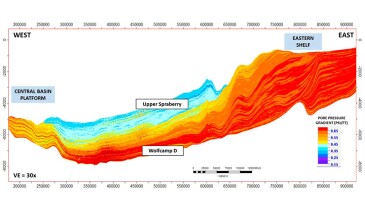shale
-
Shale’s slowdown leaves room for OPEC+ gains as tensions rise between the US and India over Russian oil imports.
-
This study aims to thoroughly assess the influence of various completions, fracturing stimulation, and intrinsic reservoir properties affecting the productivity of 10 major unconventional plays while uncovering insights and trends unique to each play.
-
Secondary and tertiary efforts are critical for sustaining the productive lives of unconventional plays.
-
Natural gas-powered electric fleets look to pave the way for the next generation of power generation.
-
Wood Mackenzie’s study identifies shale innovation, exploration, and fiscal terms as crucial for the US to maintain top oil and gas production status beyond 2030.
-
The company credited its theory of shale oil enrichment for the significant increase in the quantity of proven reserves at the field.
-
Field examples of operators using chemical restimulation to boost production in aging unconventional wells as an alternative to acid treatments.
-
In the Marcellus, Repsol is slicing and dicing legacy data to evolve its completions strategy, while in the Permian, ExxonMobil is mastering the 4-mile lateral drillout using lessons learned.
-
Industry leaders champion collaborative solutions as essential for overcoming fracturing limitations.
-
Regional pore-pressure variations in the Leonardian- and Wolfcampian-age producing strata in the Midland and Delaware basins are studied using a variety of subsurface data.
Page 1 of 13










